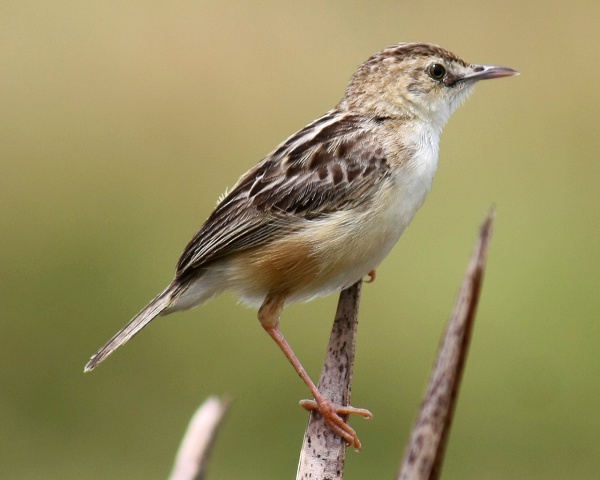Facts About Zitting cisticola
The zitting cisticola, also known as the streaked fantail warbler, is a small bird that thrives in grasslands across southern Europe, Africa, Asia, and northern Australia. This bird is easily recognized by its reddish-brown rump, the absence of golden hues around its neck, and a brownish tail tipped with white.
During the breeding season, the male zitting cisticola performs an elaborate display, featuring a unique zigzagging flight pattern accompanied by distinctive "zitting" calls. They construct their nests creatively, suspending pouch-like structures within clumps of grass.
First described by Constantine Samuel Rafinesque in 1810, the zitting cisticola encompasses around 18 recognized subspecies. These subspecies exhibit variations in their calls, feather patterns, and sizes, adapting to their diverse habitats. Belonging to the Cisticolidae family, this bird was historically known as the Fan-tailed Warbler.
Measuring between 10 to 12 cm in length, the zitting cisticola has brown upperparts streaked with black and whitish underparts. It primarily feeds on insects and is commonly found in grasslands near water bodies. The breeding season usually coincides with the rainy season. Males are polygynous, often mating with multiple females, who in turn frequently change partners. The nests, intricately crafted from living leaves, cobwebs, and grass, are primarily tended to by the female, who incubates the eggs for about 10 days.
